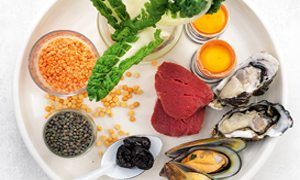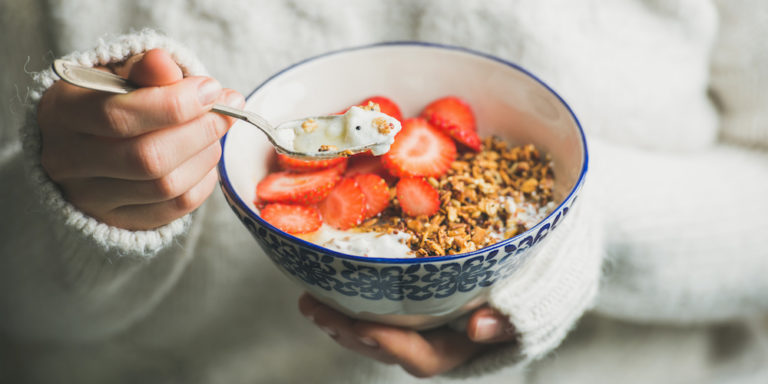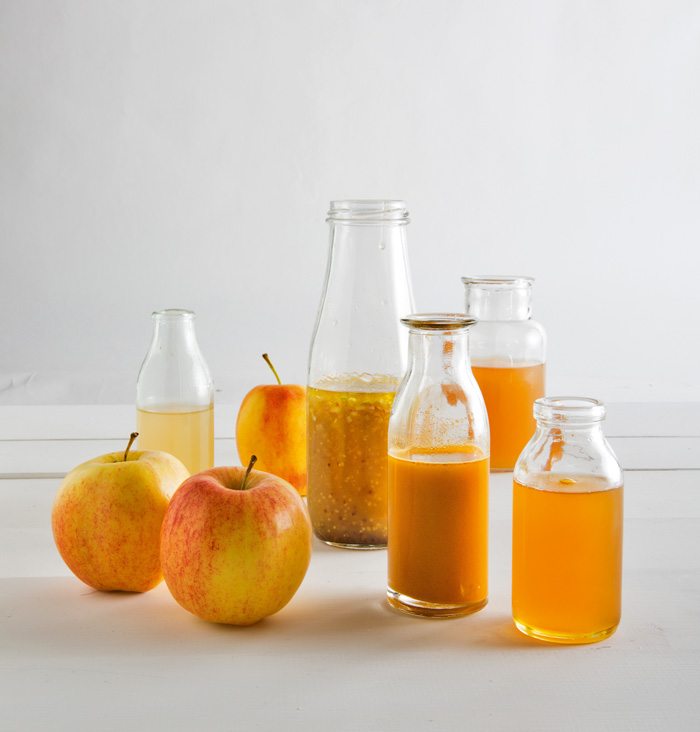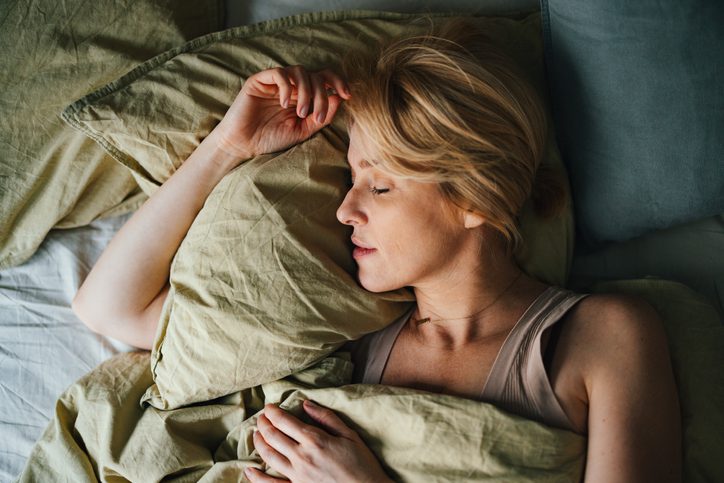Iron is involved in various bodily functions, including the transport of oxygen in the blood. As an essential mineral, the body cannot make iron and therefore it must be provided through diet. Deficiency in iron can lead to fatigue, tiredness and decreased immunity. If left to progress further, iron deficiency can lead to iron-deficiency anaemia.
Iron is present in all cells in the human body and has several vital functions. It carries oxygen from the lungs to other body tissues by forming a key component of the haemoglobin protein. Haemoglobin is the oxygen-carrying part of red blood cells and is therefore essential to sustaining life. Iron also forms a component of myoglobin, which facilitates the use and storage of oxygen in the muscles.
In addition to its vital role in supplying oxygen throughout the body, iron is essential to the body’s immune response. Specifically, keeping the correct levels of iron is important: too little or too much can have negative effects on the immune system.
Fortunately, in a healthy individual, the body’s natural regulatory system stores iron to replace any that is lost, in this way keeping levels optimal. However, at times this storage becomes depleted, leading to a deficiency in the mineral.
Iron deficiency occurs more frequently in women due to loss of blood during menses. Women who experience heavy periods are particularly at risk, as are those who are pregnant or have just given birth. In addition to these groups, those at a higher risk include long-distance runners, people with internal bleeding, particularly in the intestines (for example through bleeding ulcers), and those people who frequently donate blood. People with any gastrointestinal condition that compromises nutrient absorption from food are also at risk.
Initial symptoms of iron deficiency include fatigue or general lack of energy, weakened immune response resulting in more infections, and a lack of concentration. Once progressed to iron-deficiency anaemia, the symptoms become more severe and may include dizziness, shortness of breath, chest pain, poor memory, pale skin and lips, extreme tiredness and, in some cases, women may experience no monthly periods.
In order to treat iron deficiency, it is firstly important to identify the cause. In severe cases, short-term supplementation may be required. However, dietary supply of iron should always be assessed and increased as needed.
The absorption of dietary iron is influenced by several factors. For best absorption, adequate copper, B vitamins and vitamin C are necessary.
Iron absorption is compromised by the tannins contained in tea and, for this reason, cups of tea should be consumed separately to foods containing iron when trying to increase the body’s stores.
Absorption is also affected by the amount and type of iron consumed. Typically, animal-sourced iron is haem iron and vegetarian sources are non-haem iron. For more severe cases, haem iron is better to consume as it is more readily absorbed. Haem iron foods come from animal sources such as gelatin, carp soup, mussels and lean red meat. Liver is an especially rich source of haem iron, but pregnant women should avoid this because of its high content of vitamin A.
Good sources of non-haem iron are distributed widely among plant foods, including leafy green vegetables, legumes, grains, nuts and seeds. When a variety of these foods are consumed in their unrefined state, there is the necessary supply of protein, copper and B vitamins available to enhance iron absorption.
Vegetarians who exclude all animal tissue from their diet may need almost twice as much dietary iron each day as non-vegetarians. Fortunately, when the body is low in iron, it absorbs a higher percentage of iron from food.
Egg Yolks
An egg is full of many nutrients, including iron. Eggs are best consumed in their entirety as the yolk contains both forms of iron, haem and non-haem. Yet another reason why a boiled egg in the morning is a great start to the day.
Legumes
From soybeans to lentils and black beans, legumes are a valuable vegetarian-friendly source of iron. Combine vitamin C-rich vegetables, such as capsicum, with a whole grain and a legume to make a complete meal.
Prunes
These nutrient-rich fruits are a great source of iron, while also containing good levels of vitamin C. Prunes make an excellent choice when treating low iron levels. Enjoy with breakfast or during the day as a sweet treat.
Silverbeet
A vegetarian’s friend when it comes to iron supplies. To ensure maximum iron absorption, either boil or saute and add a squeeze of lemon for vitamin C. To increase the iron levels of the meal, combine with wholegrains and enjoy.
Oysters & Mussels
These are both great sources of iron, with mussels also providing valuable amounts of B12 and selenium, and oysters providing good levels of zinc as well. Swap your poultry
dish for a delicious seafood alternative.
Lean red meat, especially beef
Probably the most common source of iron, red meat provides haem iron that is easily absorbed by the body. It is important to choose good-quality meat and only eat a portion the size of your palm.
TIP: Pair iron-rich vegetables and grains with foods naturally high in vitamin C, such as oranges or kiwifruit, to help with absorption.







